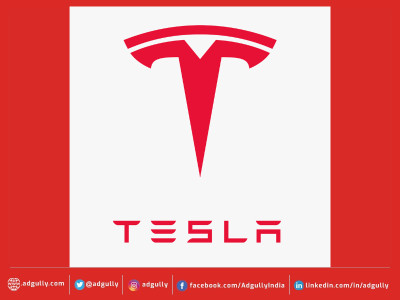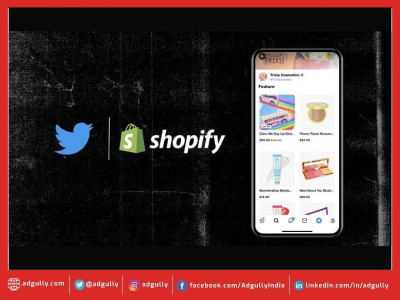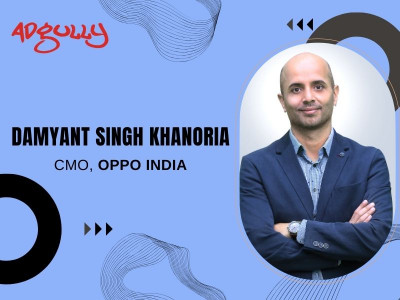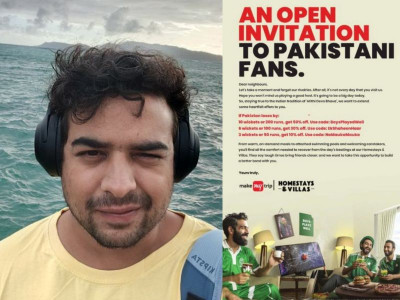"Two-way communication is key for brands to drive affinity with their audiences"
In the ‘new normal’, marketers have been forced to shift gears and adopt new strategies to emerge ahead of the competition. During this period of forced transformation, Twitter is a platform that is gaining quite a lot of traction. Even though compared to other social media like YouTube, Facebook and Instagram, Twitter has a way to go in terms of offering the reach and engagement metrics that marketers drool over, it has become an unparalleled tool for understanding the pulse of the audience.
Twitter doubled down on its ability to derive insights from consumer conversation when it revamped its brand strategy team as Twitter NEXT to become ‘brand voice consultants’. Essentially, their mission was to make brand conversations more about human centric ideas. As marketers put the breaks on spending, and look at social messaging, they might look at learnings from a platform that was ahead of the curve in predicting this trend.
In an interaction with Adgully, Rishabh Sharma (@s_rishabh), Head - Twitter Next, India, reveals the brand narratives on Twitter platform, human centric campaigns and emerging digital trends in the post COVID-19 era.
In ‘The Participation Playbook’, Twitter spoke about collaborating with brands to create human-centric ideas worth talking about. What human-centric themes have emerged as a result of Covid-19?
The COVID-19 crisis certainly calls for a more sensitive, humane and human-centric approach to brand communications. Given the hard-hitting economic impact of the crisis, businesses, especially those that are deemed non-essential, are suffering the repercussions. They are not the only ones, consumers too are fighting hard to make it through these tough times. In this scenario, it is essential for brands to be empathetic and communicate with kindness. Right now, with social distancing becoming the norm, people are on the lookout for support, a sense of community and normalcy. Brands have an opportunity to rise to the call and provide assurance and comfort by being sensitive, helpful and reliable in their communication. In fact, brands like Google, Coca-Cola, Lenovo India, among others, are also conveying key values of recognition and gratitude. Many of them have launched campaigns to applaud frontline medical workers.
Another significant thing that brands can do is be available for customers. A good example is Uber India (@Uber_India). As part of its #MoveWhatMatters campaign, Uber India has been servicing essential commutes in high-impact areas. Look, things are changing fast, and what might have felt like a good message yesterday might not be the right thing today. Brands should keep a close eye on the news and conversation, and be sure to consider the context before replying or broadcasting.
A little help goes a long way. Our 👨ðŸ»â€âš•ï¸ðŸ‘©ðŸ»â€âš•ï¸ are tirelessly working to keep us safe. Let’s do our bit by coming together, as we stay apart.
To know more, visit https://t.co/SOYLwjiXyi pic.twitter.com/TyIxLG94tY
Everyone acknowledges that during crisis times, the tone is critical. What can companies do to balance the brand narrative with the need for sensitivity?
The tone of voice definitely plays a crucial role in impactful delivery of a message, and today, it is even more critical. Brands and marketers must acknowledge the shifts that have occurred around people’s work and home – taking their lives indoors and online. These changes have reprioritised people’s needs and brands must realign themselves to stay relevant and connected. Instead of promoting a product or service, brands must focus on affirming their commitment to their customers – adapting the brand’s message and offerings with what the customer needs. Levity and light-heartedness in the form of positive messages will also go a long way by giving customers a few laughs in the midst of all the negative and distressing news. A case in point is Durex India (@DurexIndia).
Do it in public. Wear a mask. Ensure you stay protected inside and outside. #WearYourProtection pic.twitter.com/lWS9MFD3vF
Amazon Prime Video’s (@PrimeVideoIN) recent campaign #ShotsOfFriendship too came in like a breath of fresh air, bringing alive stories of friendship in a time when people are forced apart from the ones they hold dear. Not only did the campaign bring a surge of positivity, but it also allowed people to havesome fun with their friends on Twitter.
You guys are setting some major friendship goals <3
Keep tweeting your legendary stories with #ShotsOfFriendship and we’ll capture them in the pages of this friendship book forever! pic.twitter.com/RamNWVD1YV
The water cooler conversations have veritably moved to chat/ video conferencing/social platforms with Work From Home, etc. Has this led to new behavioural trends in corporates?
The need for digital tools has never been as essential as now. They give us the ability to interact with others in real-time from the convenience of our home, to work from home and to feel connected. With contact being restricted to the digital space, there’s an obvious hike in the time we’re spending in front of our screens and on our phones, and this is opening up new avenues for brands. More and more brands are now moving their spends online to reach their audiences.
Most brands are still resorting to video format for digital campaigns. Should they explore a textual/ conversational fort during this scenario? What opportunities can it unlock?
Video surely is the format that has been the most popular among both brands and audiences. A reason for that being that the recall value of video content is higher. However, since two-way communication is key at a time when brands are trying to establish stronger connections and affinity with their audiences, textual conversations can also prove promising. On Twitter, especially, the conversation is not restricted to simple texts. The service’s functionalities such as Polls and Conversation Cards allow brands to have engaging conversations with their audiences and exercise the conversational power of Twitter. These functionalities help brands gauge their audiences’ preferences and get insights into what the customers enjoy and are looking for. These formats also allow the opportunity for one-on-one conversations, and that’s what brands need at the moment – to know the specifics of what the customer wants. Many brands these days are constantly conversing with their audience through multiple offerings of Twitter, gaining inputs and making way for user-generated content as well.
Describe your mood in emojis and we'll suggest what to watch.
There is a need for brands to appear authentic during this period. One aspect is aligning their communications with the brand purpose. Will the marketing channels that they leverage have an impact on brand perception?
Every channel is a touchpoint to a different set of audiences, and each channel offers its own advantages. Brands must be clear on who they are hoping to communicate with, and what is the purpose of the communication. Twitter, for instance, caters to a diverse range of audiences. People from all over the world participate in regional as well as global conversations on the service. These people belong to different age cohorts and have varied interests. Therefore, brands have the opportunity of reaching out to specific as well as larger populations at the same time. On top of that, Twitter’s various ad functionalities such as the First View, Promoted Trends, Spotlight, as well as conversational functionalities, allow for diversification of the brand’s core messaging as well. A brand can choose from a pool of offerings, depending on their campaign’s purpose.
In what way is Twitter Next partnering with brands during this crisis?
At Twitter, we are partnering with a diverse set of clients to help them devise communication plans and campaigns from scratch. From strategy to execution, we work collectively with brands across industries to build customised solutions that are suited to their needs. User insights are also instrumental when we work with brands to help them choose their approach. By providing the necessary counsel to marketers and helping them tackle communication challenges posed by the ongoing crisis, we are helping them achieve their end goal of establishing a connection with their customers. We look forward to working with more and more brands to produce impactful work that will engage their audiences.
















Share
Facebook
YouTube
Tweet
Twitter
LinkedIn